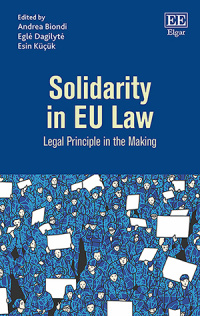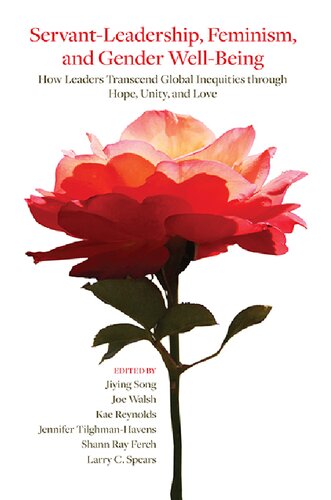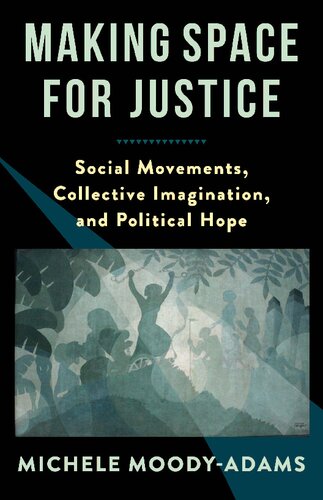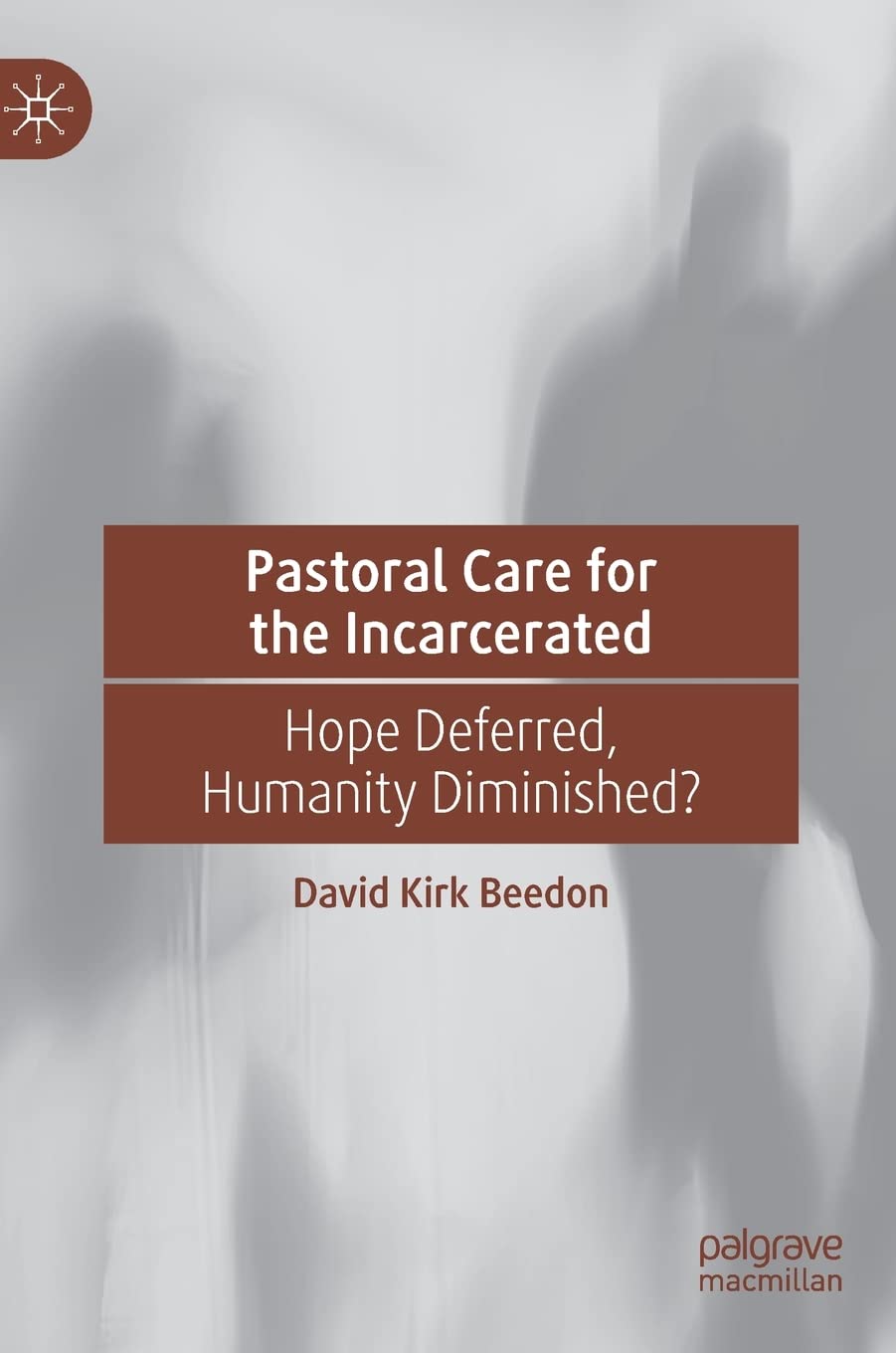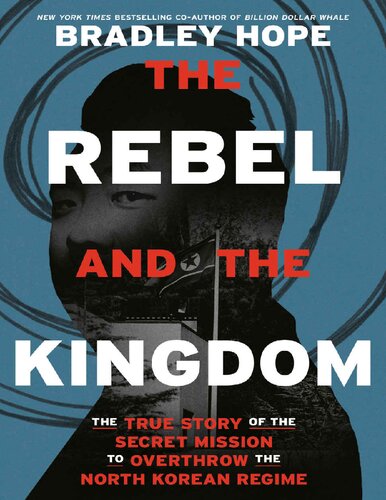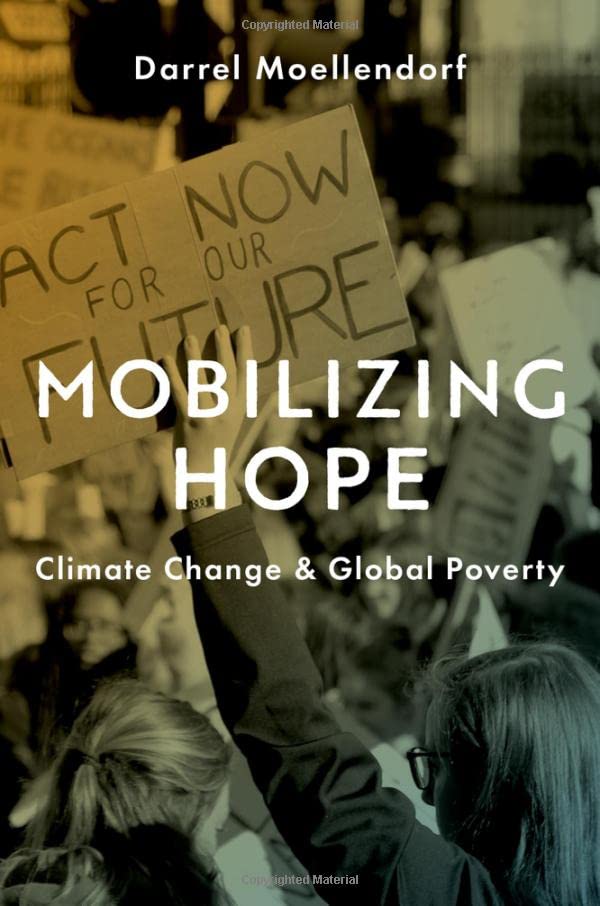موضوعات
آموزش و پرورش
ادبیات و زبان
پزشکی، دندانپزشکی و داروسازی
تاریخ و جغرافیا
داستان و رمان
دیگر
دین و فلسفه
روانشناسی
ریاضیات و آمار
سلامتی، تناسب اندام و رژیم غذایی
شیمی و پلیمر
علوم اجتماعی و حقوق
علوم زیستی و بیوتکنولوژی
فیزیک و نجوم
کامپیوتر و اینترنت
کتابهای کودکان و داستان
کسب و کار و اقتصاد
کشاورزی و دامپزشکی و غذا
معماری
مهندسی و فناوری
هنر و تئاتر
محصولات
Tourism and Social Identities: Global Frameworks and Local Realities - Original PDF
نویسندگان: خلاصه: The making and consuming of tourism takes place within a complex social milieu, with competing actors drawing into the 'product' peoples' history, culture and lifestyles. Culture and people thus become part of the tourism product. The implications are not fully understood, though the literature ranges the arguments along a continuum with culture being described on one hand as vulnerable and fixed, waiting to be 'impacted' by tourism and on the other being seen as vibrant and perfectly well capable of dealing with globalization and modernity trends. Some of the answers are likely to focus around ideas of social identities. The intention of this book is to make a contribution to the theoretical framework of tourism through a series of international case studies. The overall purpose of the edited book is to assemble a series of essays enabling the dissemination of ideas on the critical discourse of tourism and tourists as they relate to social and cultural identities.The Making of Salem: The Witch Trials in History, Fiction and Tourism - Original PDF
نویسندگان: خلاصه: The Salem Witch Trials of 1692 are a case study in hysteria and group psychology, and the cultural effects still linger centuries later. This critical study examines original trial transcripts, historical accounts, fiction and drama, film and television shows, and tourist sites in contemporary Salem, challenging the process of how history is collected and recorded. Drawing from literary and historical theory, as well as from performance studies, the book offers a new definition of history and uses Salem as a tool for rethinking the relationships between the truth and the stories people tell about the past.Solidarity in EU Law Legal Principle in the Making - Orginal Pdf
نویسندگان: خلاصه: Solidarity in EU Law Legal Principle in the Making Edited by Andrea Biondi, Professor of EU Law and Director, Centre of European Law, King’s College London and Academic Associate, 39 Essex Chambers, Eglė Dagilytė, Anglia Law School, Anglia Ruskin University and Esin Küçük, School of Law University of Essex, UKThe MicroRNA Quantum Code Book - Original PDF
نویسندگان: خلاصه: Each chapter provides overview to provide fundamental information on the topic and broaden their understanding Describes the basic theory of biological data science for medical investigation with miRNA to its implementation Contains supplementary material on DNS and ETFS, MTES, and QCRMethodologies of Multi-Omics Data Integration and Data Mining - Original PDF
نویسندگان: خلاصه: Features multi-omics big-data integration and data-mining techniques Provides in detail and with supportive examples the “What”, “Why” and “How” of the topic Shed light on a data-driven and better understanding of in cancer, inflammation disease, and microbiome researcheServant-Leadership, Feminism, and Gender Well-Being: How Leaders Transcend Global Inequities through Hope, Unity, and Love - Original PDF
نویسندگان: خلاصه: In a world where leaders and organizations face global pandemics and power conflicts, gender dualism still prevails, and gender stereotyping and the glass ceiling continue to affect humanity's conceptualizations of leadership. How can we integrate the lost aspects of ourselves, often socialized by gender, so as to recover wholeness? How can we discern and develop the feminine and masculine within every leader? Servant-Leadership, Feminism, and Gender Well-Being offers grace, strength, and hope by providing evidence of servant-leaders crossing gender boundaries and integrating gendered traits and behaviors. Feminist ways of knowing, honoring both feminine and masculine giftedness, deepen the holistic foundation of servant-leadership. By integrating female perspectives with male perspectives, a paradigm shift in leadership theory through avenues inherent to servant-leadership can move organizations from hierarchy-driven, rules-based, and authoritative models to value-driven, follower-oriented, and participative models.Making Space for Justice: Social Movements, Collective Imagination, and Political Hope - Original PDF
نویسندگان: خلاصه: From nineteenth-century abolitionism to Black Lives Matter today, progressive social movements have been at the forefront of social change. Yet it is seldom recognized that such movements have not only engaged in political action but also posed crucial philosophical questions about the meaning of justice and about how the demands of justice can be met. Michele Moody-Adams argues that anyone who is concerned with the theory or the practice of justice―or both―must ask what can be learned from social movements. Drawing on a range of compelling examples, she explores what they have shown about the nature of justice as well as what it takes to create space for justice in the world. Moody-Adams considers progressive social movements as wellsprings of moral inquiry and as agents of social change, drawing out key philosophical and practical principles. Social justice demands humane regard for others, combining compassionate concern and robust respect. Successful movements have drawn on the transformative power of imagination, strengthening the motivation to pursue justice and to create the political institutions and social policies that can sustain it by inspiring political hope. Making Space for Justice contends that the insights arising from social movements are critical to bridging the gap between discerning theory and effective practice―and should be transformative for political thought as well as for political activism.Pastoral Care for the Incarcerated: Hope Deferred, Humanity Diminished? - Original PDF
نویسندگان: خلاصه: This book explores and formulates a response to the question: How best can those held in modern systems of mass incarceration be cared for pastorally when many prisons diminish both hope and humanity? Employing the multi-disciplinary approach of practical theology, this ethnographic enquiry will be a guide for chaplains and all who strive to embody compassion wherever human flourishing is undermined. The book’s structure follows the pastoral cycle method from practical theology, remaining context-based and practice-focused throughout. Pastoral insights are illustrated with personal, poetic and movingly reflective material drawn from the lived experience of indeterminately sentenced men who did not know if or when they would be ever released. The author, a former prison chaplain, remains reflexively and humanely present in the text, modelling the profound humane regard and pastoral presence that is central to this work. This book will take the reader deeply into penal spaces on a journey of both compassion and hope.The Rebel and the Kingdom: The True Story of the Secret Mission to Overthrow the North Korean Regime - PDF
نویسندگان: خلاصه: Once his family had moved north to San Diego, Adrian had spent most of his life in Chula Vista just to the city’s south. The area had a distinctly low-key vibe: palm trees, strip malls, and the beach. Adrian had a high-octane personality, but he would occasionally let his SoCal origins slip through, talking in the laid-back, overly familiar manner of a Chula Vista “bro.” “Ah, the glorious life of a bachelor,” he wrote on his Xanga page one afternoon while at Yale. “Sitting on a couch watching dvds alone, eating out of a can sigh.” Those around Adrian back then recall a confidence about him that was offset by a strong sense of empathy. Fellow students would remember for years his ability to notice one person whose voice was being drowned out by louder students, taking them aside afterward and letting them know he heard what they were trying to say. And even from a young age, Adrian had seemed to hunger for something bigger than the chilled-out suburb he called home. Together with his best friend in high school, who would go on to become a key member of Adrian’s clandestine work, he’d speak with fervor about civil rights leaders like Martin Luther King Jr.Mobilizing Hope: Climate Change and Global Poverty - Original PDF
نویسندگان: خلاصه: The global climate crisis and other pressures on planetary ecology cause profound anxieties for humanity. Climate change threatens to trap hundreds of millions of people in dire poverty-widening the gap in an already deeply divided economy. However, a new generation of activists is offering inspiration, raising hopes in a seemingly hopeless situation. In Mobilizing Hope: Climate Change and Global Poverty, Darrel Moellendorf discusses climate change, global poverty, justice, and the importance of political responses, both internationally and domestically, that offer hope. While there are reasons to worry that the era of pervasive human planetary impact, the Anthropocene, could produce terrible global injustices and massive environmental destruction, that need not be so. Moellendorf contends that the work of bringing about a world united in creating sustainable solutions to environmental crises, that values the Earth's natural wonders, and actualizes a vision of economic justice, is the work of mobilizing hope.آیا کتاب مورد نظر هنوز بر روی سایت قرار نگرفته است؟ جای نگرانی نیست! کافی است بر روی گزینه سفارش کتاب کلیک کرده و درخواست خود را ثبت کنید. در کمتر از چند ساعت کتاب شما را آماده خواهیم کرد.


